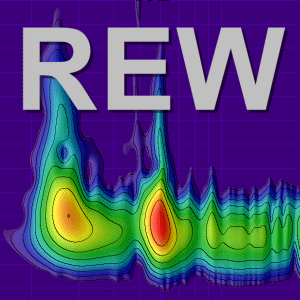I'd like to propose an alternative method of averaging, which may be particularly suitable for averaging measurements in multi-seat scenarios.
This approach is based on the assumption that peaks are prominent, while dips are obscured.
Let's consider an example with two "frequency responses" from two seats, presented here in a highly simplified manner to facilitate comprehension:

the current averaging methods differ slightly but essentially perform the same operation (in this case, (a+b)/2):

if we generate a correction for this and convolve (multiply) our two initial curves with it, the resulting curves are as follows:

Indeed, we have enhanced our responses, resulting in smaller peaks and dips... although the number of peaks has doubled.
Nevertheless, in accordance with our initial assumption, these reduced peaks still remain noticeable.
Now, if we compute the average of the peak values from both measurements, depicted by the red line "on top":

isolated:

and subsequently generate a correction for it, which we then convolve with the measurements, resulting in:

our corrected responses exhibit deeper dips compared to the standard averaging method, YET we no longer have any peaks.
In my opinion, it is definitely worth attempting this type of averaging.
This approach is based on the assumption that peaks are prominent, while dips are obscured.
Let's consider an example with two "frequency responses" from two seats, presented here in a highly simplified manner to facilitate comprehension:
the current averaging methods differ slightly but essentially perform the same operation (in this case, (a+b)/2):
if we generate a correction for this and convolve (multiply) our two initial curves with it, the resulting curves are as follows:
Indeed, we have enhanced our responses, resulting in smaller peaks and dips... although the number of peaks has doubled.
Nevertheless, in accordance with our initial assumption, these reduced peaks still remain noticeable.
Now, if we compute the average of the peak values from both measurements, depicted by the red line "on top":
isolated:
and subsequently generate a correction for it, which we then convolve with the measurements, resulting in:
our corrected responses exhibit deeper dips compared to the standard averaging method, YET we no longer have any peaks.
In my opinion, it is definitely worth attempting this type of averaging.














